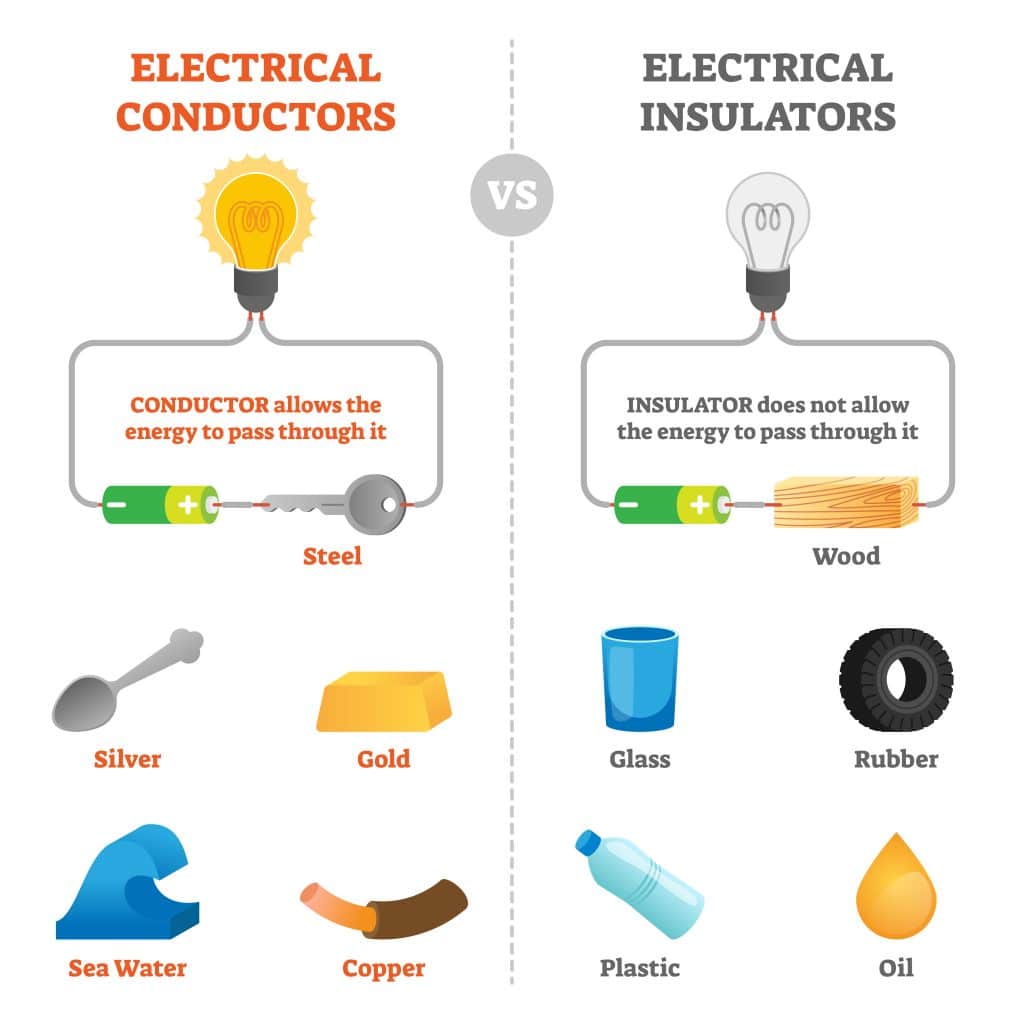Section 1: Electricity

The world as we know it runs on electricity, powering our cities and homes. We rely on this energy for almost everything we do, from watching tv to washing our clothes. Electricity occurs naturally when certain materials come into contact. Static electricity is the accumulation of excess charges on an object. For example, when you rub a balloon on top of your head, it produces static electricity. The friction from rubbing and contact causes electrons to transfer from one material to another.

Lightning also occurs naturally and is the result of static electricity discharge. Lightning is a massive flash of electricity usually produced during a thunderstorm. It can travel from cloud to ground and between or inside clouds. When clouds roll in during a storm, a lot of action happens inside them. First, water in the clouds begins forming raindrops, which are being moved by air currents and gravity, forcing them to collide with ice crystals (frozen raindrops). These collisions start creating electrical charges, filling the cloud with protons and electrons. Eventually, and it’s unclear how it happens, research shows that the positive charges, or protons, form at the top of the cloud, while the negative charges, or electrons, form at the bottom. The negative charges start building up so much at the bottom of the cloud that they attract positive charges, which build up on the ground or objects on the ground, forming a large electric field. This electric field causes the air to be ionized, which means electrons are detached from their original air molecule, allowing them more freedom to move. Moving electrons equal an excellent conductor, meaning an electrical current can flow.
Now that the electrons in the cloud have a good conductor as a pathway, they begin racing down toward the ground in a pattern referred to as step leaders. Meanwhile, all the positive charges building upon the ground begin to surge upwards, forming positive streamers. When one of these streamers meets up with a step leader, the conductive path is complete, and a massive strike of electric current flashes into what we call “lightning.”
The lightning strike is scorching, with temperatures sometimes reaching over 20,000 degrees Celsius. This heat causes the surrounding air to expand extremely quickly, producing a compression sound wave that makes a large clap, which we hear as thunder. We usually hear thunder after we see lightning because the speed of light is much faster than the speed of sound.
The law of conservation of charge states that electric charges can be transferred from object to object, but they cannot be created or destroyed. Therefore, electric charges move from one place to another whenever an object becomes charged.

Electricity can move through some materials but not others. A material that electrons can move through easily is called a conductor. Metals are great conductors because electrons can easily break away from metal atoms, and the loose electrons are free to move through the material. An insulator is a material that electrons are not able to move through easily. Wood, plastics, and rubber are all insulators. Atoms in these materials hold onto their electrons.
Materials can be charged by friction in two ways. One way is charging by contact, which is transferring the charge by touching or rubbing two things together. The other is charging by induction, which is the rearrangement of electrons on a neutral object caused by nearby charged objects.
Review:
- What is static electricity?
- Explain the law of conservation of charge.
- Compare conductors and insulators.
